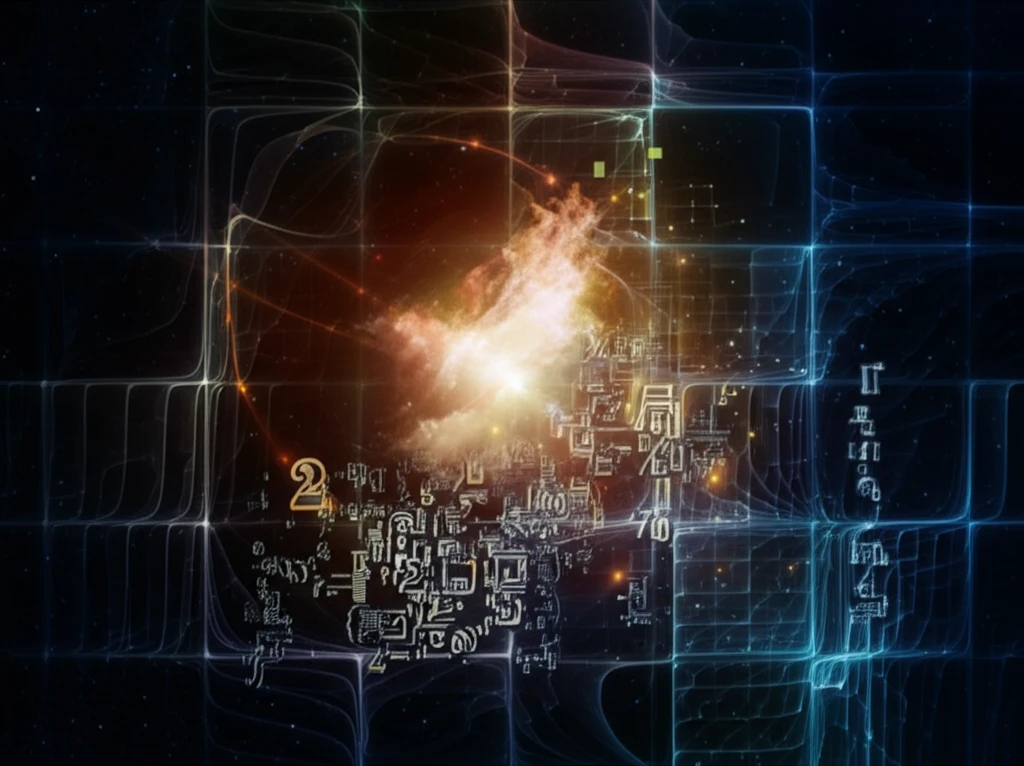
Decoding the Universe: How a New Algorithm Could Revolutionize Physics Research
"Dive into the groundbreaking multigrid algorithm that's tackling a major hurdle in lattice field theory and paving the way for advancements in understanding the fundamental forces of nature."
Imagine trying to simulate the incredibly complex world of particle physics. Researchers use powerful computers and sophisticated theories to predict how the fundamental building blocks of matter interact. This is especially true for lattice quantum chromodynamics (LQCD), the theory describing the strong force that binds quarks together within protons and neutrons.
But there's a catch. As scientists strive for more precise simulations – using larger volumes and finer lattice spacings – a problem known as 'critical slowing down' emerges. This is where the math gets exponentially more difficult. It is as the fermion mass approaches zero, the Dirac operator becomes singular, due to the exact chiral symmetry of the Dirac equation at zero mass, causing critical slowing down. This problem threatens to limit progress in the field.
Now, a team of physicists and computer scientists has unveiled a promising new algorithm designed to overcome this obstacle. Their approach focuses on a particular type of fermion discretization called staggered fermions, known for their ability to preserve chiral symmetry on the lattice. By introducing a novel spectral transformation, this multigrid (MG) algorithm paves the way for more efficient and accurate simulations of lattice QCD.
The Challenge of Critical Slowing Down

The difficulties arise because the equations they need to solve become increasingly “ill-conditioned." One way to understand this is to think of the Dirac operator, a central mathematical object in these calculations, as something that describes how fermions (fundamental particles like quarks) move and interact.
- Multigrid methods were proposed decades ago as a potential solution, using multiple scales.
- The initial idea was to represent the linear solver with a coupling to multiple scales on coarser grids.
- These were intended to be implemented as a recursive multigrid (MG) preconditioner.
- Earlier investigations showed encouraging results for the Dirac operator but had limitations.
Looking Ahead
While this research focuses on the two-dimensional Schwinger model, the formalism is directly applicable to four-dimensional lattice QCD. Further research will explore scaling the algorithm for larger-scale simulations. By constructing an effective multilevel adaptive geometric MG algorithm for staggered fermions, researchers are paving the way for more accurate simulations and helping push the boundaries of our understanding of the universe.
